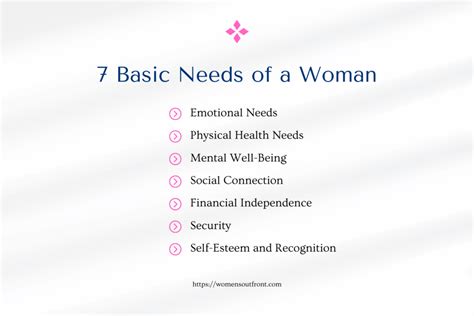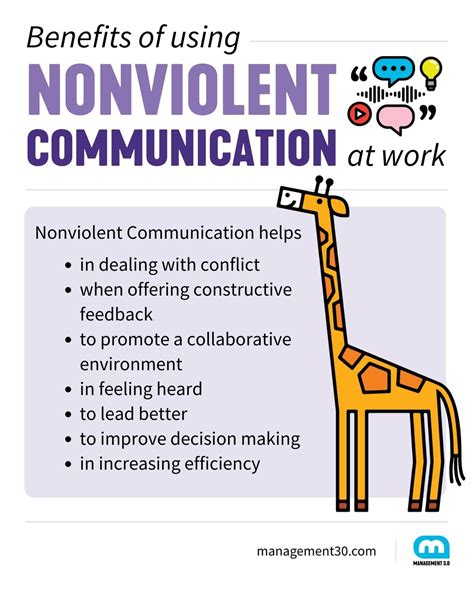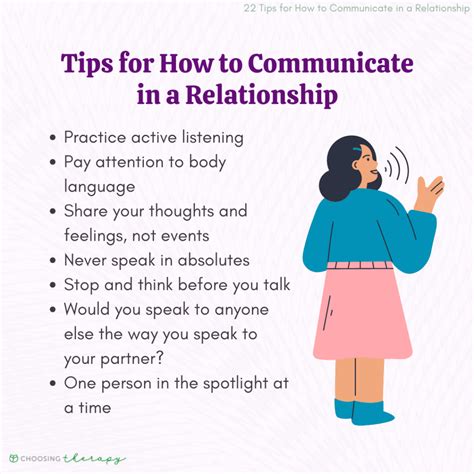Healthy relationships thrive on clear, honest communication. Yet, when we feel upset or neglected, our natural inclination might be to express our needs by pointing fingers, which often leads to defensiveness and further misunderstanding. Shifting from a blame-focused approach to one of clear, empathetic communication is a powerful skill that can transform interactions and strengthen bonds.
The Downfall of Blame
Blame, by its very nature, assigns fault. When we say, “You always leave your clothes on the floor,” or “You never listen to me,” the other person immediately feels attacked. This triggers a fight-or-flight response, shutting down their ability to truly hear your message. Instead of engaging in a constructive dialogue, they become preoccupied with defending themselves, and your actual need gets lost in the ensuing conflict. This cycle erodes trust and creates distance.

Key Principles for Blame-Free Communication
To effectively communicate your needs without blame, adopt these foundational principles:
1. Focus on ‘I’ Statements
The golden rule of non-blaming communication is to speak from your own perspective. Instead of “You make me feel ignored,” try “I feel ignored.” This focuses on your feelings and experiences, which are undeniable, rather than accusing the other person of an action or intent. It invites empathy rather than defensiveness.
2. Be Specific and Descriptive
Vague accusations are unhelpful. “You’re always messy” is less effective than “When I see your dirty dishes in the sink for days, I feel frustrated.” Describe the specific behavior or situation that is causing you distress, rather than generalizing or making character judgments.
3. State Your Need Clearly
What is it you actually want or need? After expressing your feeling and the situation, articulate your request. “I feel frustrated when I see dirty dishes in the sink. I need a clean kitchen to feel relaxed. Would you be willing to wash your dishes immediately after using them, or could we agree on a schedule?”

4. Choose the Right Time and Place
Timing is crucial. Avoid bringing up sensitive topics when either of you are stressed, tired, or in a rush. Find a calm moment when both parties can give their full attention to the conversation, free from distractions. A neutral setting can also be beneficial.
5. Practice Active Listening
Communication is a two-way street. After expressing your needs, be prepared to listen to the other person’s perspective. Ask open-ended questions, paraphrase what you’ve heard, and validate their feelings, even if you don’t agree with their actions. “I hear that you feel overwhelmed with work right now, and doing dishes feels like another chore.”

A Practical Framework: The Nonviolent Communication Model
Marshall Rosenberg’s Nonviolent Communication (NVC) model provides a powerful template for expressing needs without blame. It involves four components:
- Observation: State the specific action or situation without judgment. (“When I see the clothes on the floor…”)
- Feeling: Express how you feel in response to that observation. (“…I feel overwhelmed and anxious…”)
- Need: Articulate the need that isn’t being met. (“…because I need a tidy environment to feel calm and organized.”)
- Request: Make a clear, actionable request. (“Would you be willing to pick up your clothes and put them in the hamper each evening?”)
This framework systematically moves the conversation from accusation to understanding and collaboration, focusing on shared needs and potential solutions.

Benefits of Blame-Free Communication
Mastering this approach yields significant benefits:
- Stronger Bonds: Fosters deeper understanding, empathy, and mutual respect.
- Effective Problem-Solving: Shifts focus from assigning blame to finding constructive solutions together.
- Reduced Conflict: Minimizes defensiveness and transforms potential arguments into collaborative discussions.
- Increased Self-Awareness: Encourages you to understand your own feelings and needs better.

Conclusion
Communicating your needs without blame is not always easy; it requires practice, self-awareness, and a genuine desire to connect. However, by embracing ‘I’ statements, being specific, clearly stating your needs, and engaging in active listening, you can transform your interactions. This shift will not only help you get your needs met more effectively but will also build more resilient, compassionate, and fulfilling relationships in all areas of your life.




